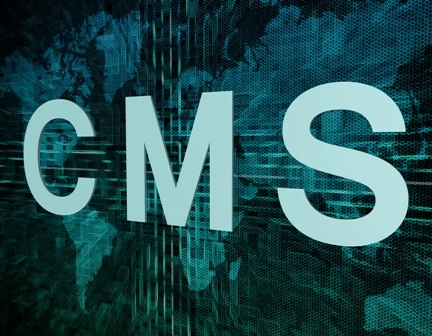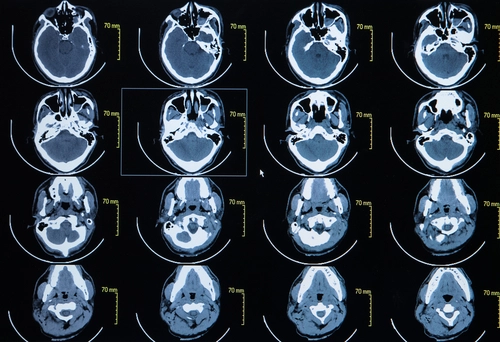Check Out These Crucial Revisions to Hypertension Coding Guidelines
Consider a few code changes in addition to other critical updates. Most coders feel overwhelmed at the prospect of catching up on every ICD-10-CM guideline addition, revision, and deletion that went into effect October 1, 2018. Depending on your specialty, some changes will have more of a profound impact on your day-to-day coding than others. For radiology coders, hypertension is one of the more common diagnoses reported, especially in lieu of a more definitive diagnosis in the impression. It’s for that reason that you must stay up-to-date on all the hypertension coding guideline changes that went into effect with ICD-10-CM 2019. Read on for a breakdown of some new guideline changes and how they will influence your hypertension code reporting. Highlight These Hypertension With Heart Disease Updates Don’t miss: Many inaccurate claims are submitted because coders haven’t read the latest guidelines in ICD-10-CM and/or CPT®, cautions Ray Cathey, PA, FAAPA, MHS, MHA, CCS-P, CMSCS, CHCI, CHCC, president of Medical Management Dimensions in Stockton, California. When you look under the “Hypertension with Heart Disease” section, you will see that the guidelines have added a few new details to the first paragraph. “Hypertension with heart conditions classified to I50.- or I51.4-I51.7, I51.89, I51.9, are assigned to a code from category I11- (Hypertensive heart disease),” the guidelines now read. “Use additional code(s) from category I50- (Heart failure) to identify the type(s) of heart failure in those patients with heart failure.” You should separately report the same heart conditions (I50.- or I51.4-I51.7, I51.89, I51.9) with hypertension if the physician documents that they are unrelated to the hypertension, the guidelines add. And, you should sequence according to the circumstances of the admission/encounter. Cathey explains this change to the guidelines: “If a coder were to use pre-2019 guidelines when coding the I11- codes after October 1, 2019 without adding the I50- or the newly included codes or I51.4-I51.7, I51.89, I51.9, the claim might be denied or, even worse, the claim paid and later the payment recouped on review or audit by the payer,” he says. The accuracy of our coding is key to proper payment, and it’s incumbent on the coder to know the updated guidelines, communicate them to providers, and apply them to their claims, Cathey explains. Don’t miss: “The actual coding is, of course, based on provider documentation,” Cathey cautions. “If that isn’t being properly done, I’d highly suggest that the coding department manager give the providers some education regarding these important changes.” Catch These Pulmonary Hypertension Revisions When you report pulmonary hypertension, you should look to a code from category I27- (Other pulmonary heart diseases). When you report secondary pulmonary hypertension (I27.1 or I27.2-), you must also report any associated conditions or adverse effects of drugs or toxins, per the guidelines. Don’t miss: When you are sequencing pulmonary hypertension codes, remember that the sequencing is based upon the reason for the encounter, unless it involves the adverse effects of drugs. To understand this rule better, take a look at this explanation from Catherine Brink, BS, CMM, CPC, president of Healthcare Resource Management in Spring Lake, New Jersey: “According to ICD-10 Official Guidelines, ‘When coding adverse effect of a drug that has been correctly prescribed and properly administered, assign the appropriate code for the nature of the adverse effect followed by the appropriate code for the adverse effect of the drug found in codes T36- (Poisoning by, adverse effect of and underdosing of systemic antibiotics) through T50- (Poisoning by, adverse effect of and underdosing of diuretics and other and unspecified drugs, medicaments and biological substances) drug code should have 5th or 6th character “S.” For example, take a look at this code: T36.0X- (Poisoning by, adverse effect of and underdosing of penicillins).” So, Brink continues, if the patient’s diagnosis is a headache and nausea due to adverse effect of a drug, which is taken for pulmonary hypertension, then you should follow these sequencing rules: 1. First, code the adverse effect of the drug — the headache and nausea. 2. Second, code the adverse effect of the drug that was taken. 3. Last, code the original medical condition being treated — the pulmonary hypertension. You need to stay updated on current ICD-10 guidelines to ensure you are correctly coding the medical conditions that are diagnosed and documented, as well as correctly sequencing the diagnosis(es) codes, Brink cautions. Special attention should be given to any updates and changes pertaining to the specialty for which you are coding, but you should also have a good working knowledge of these current changes and updates.




